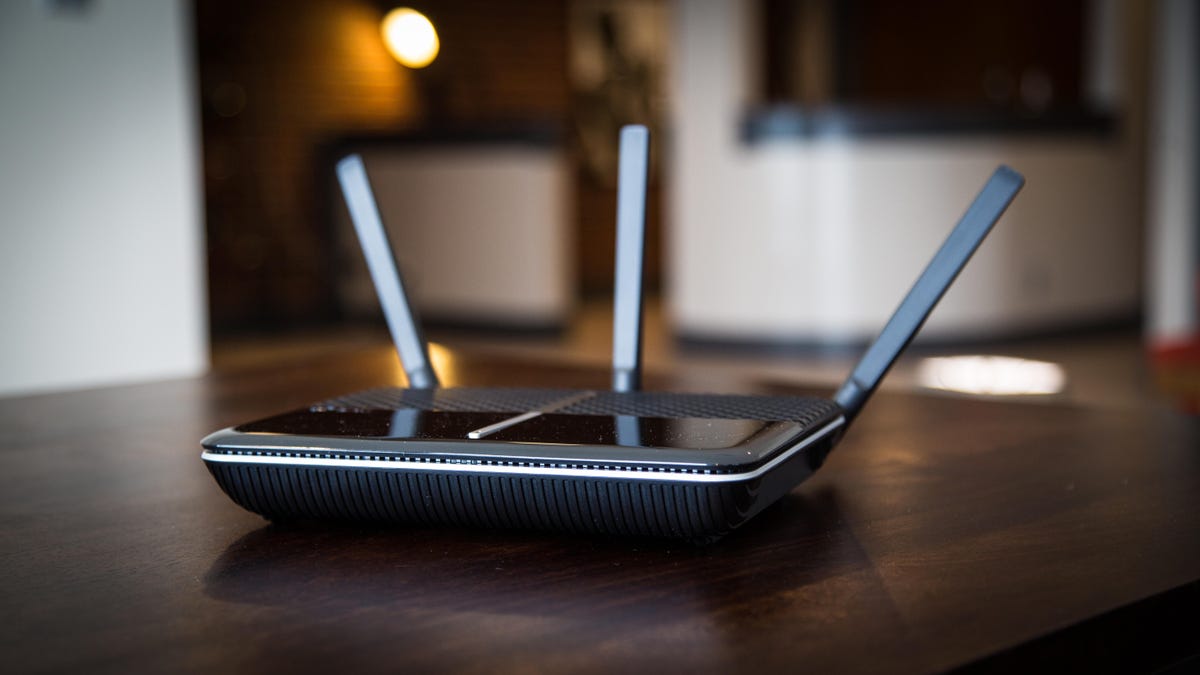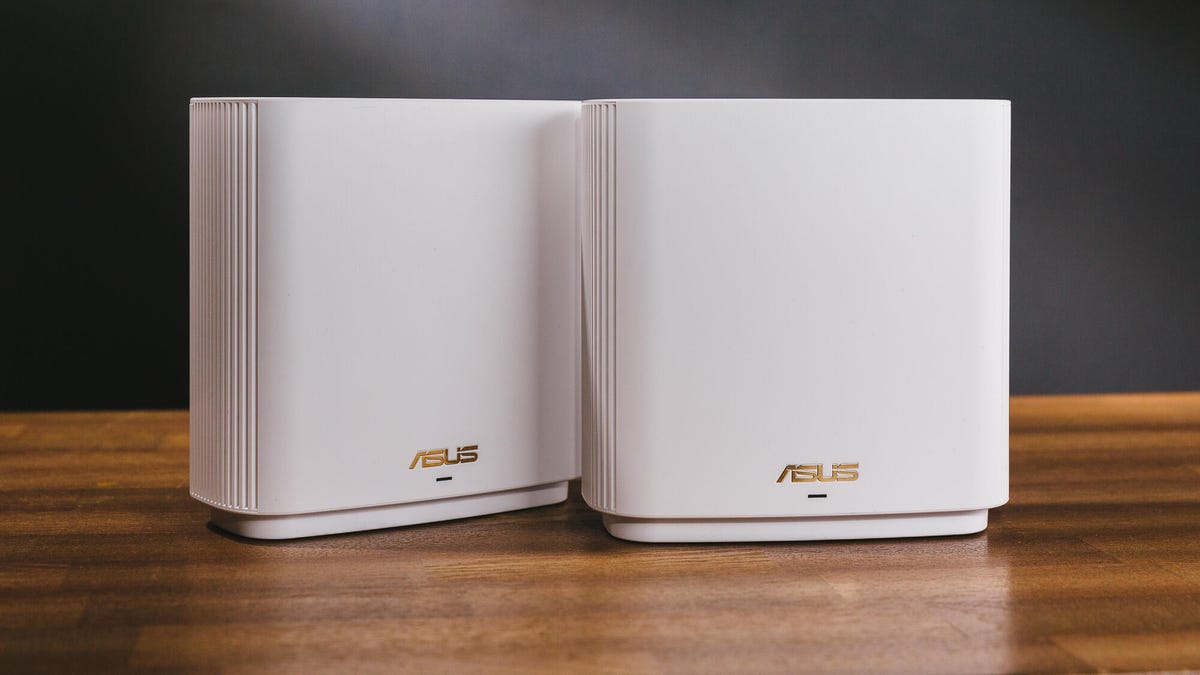Yes, routers need to be replaced. Signs you need a new one


There are many fingers to point at when it comes to slow internet. Your ISP may be throttling your speed, your plan may be too slow for all the devices using it, or your router may be in the wrong place.
But sometimes you need to completely upgrade your older gear. In general, experts recommend replacing your router at least every five years. Do that every two to three years if you use a lot of smart home gadgets, or if you regularly buy the latest laptops, phones, and other primary Wi-Fi devices. That means there are probably a lot of people who could benefit from upgrading to a new router in 2024. Here’s how to make sense of it all and make the right upgrade at the right time.
Are the speed issues due to the router?
A good router should be able to take full advantage of the internet speed you pay for. However, if your network seems slower than you expect, you may want to take a few steps to ensure that your router is indeed the culprit.
Sometimes a simple reboot is all your network needs, so start with the obvious and unplug both your router and modem, then plug them back in. Dave Coleman, a Wi-Fi expert, author, and director of wireless networking at the CTO’s office at Extreme Networks, the company that managed the wifi during Super Bowl 55also recommends restarting the wifi drivers on your phone, laptop and other important client devices.
“It’s amazing how that solves 90 percent of the problems, because the drivers are the interface between the radio and the operating system, and they can get confused,” Coleman said. “I know it sounds simple, but it’s the first thing people should do to troubleshoot.”
It’s also a good idea to bypass the router altogether, which you can do by connecting your computer directly to the modem with an Ethernet cable. Is that wired level of online performance noticeably better than what you get when you’re connected wirelessly at close range, in the same room as the router? That’s a clear sign that the router is falling short of your network’s potential.
If these types of problems persist, try running a few speed tests in different places around the house with a few different devices, such as your phone and your laptop. I like the Ookla speed test, which is fast, free, reliable, and easy to use. You can run it in your browser by click hereor you can download Ookla’s speed test app to your Android or iOS device, or even to an Apple TV(Ookla is owned by the same parent company as CNET.) Regardless of which device you’re using, these results should give you a clearer picture of whether the problem is related to a specific client device or location in your home, or whether there’s a larger issue affecting everything.
With the numbers giving you a better understanding of the status quo, you can get a nice speed boost with some quick tweaks. Try moving your router to a more open and central location in your home, preferably as high up as possible. While you’re at it, adjusting the angle of your antennas can help boost the signal to specific spots in your home. It’s also a good idea to blow out the back ports and vents with a can of compressed air to break through any dust buildup — gunk like that can cause your router to overheat and slow its performance.
None of that worked and your internet still stinks? Yeah, you probably need a new router.
Is it time to upgrade to next-generation Wi-Fi?
Router technology and security are constantly improving and we have seen some significant leaps in recent years with the advent of Wi-Fi 6Wi-Fi 6E and, in recent months, Wi-Fi 7. Generational improvements like these leave yesterday’s routers in the dust. So it’s worth upgrading to a router that supports them as soon as it makes sense, even if the one you’re using now works just fine.
In addition, the fact that we spend more and more time at home these days is a reason to replace your router.
“People are running into issues where moms are trying to have a Zoom call and it’s failing because the kids are streaming Netflix videos upstairs,” Coleman says. “That’s a sign that you might need to upgrade your Wi-Fi.”
Upgrading to Wi-Fi 6, a newer generation of Wi-Fi that’s better suited for dense, busy environments where many devices are competing for bandwidth, is definitely one way to give your network a boost. And with Wi-Fi 7 coming in 2024, you can now find Wi-Fi 6 and 6E devices for significantly reduced prices.

The Asus ZenWiFi AX is one of our best mesh routers.
Do you need a mesh router?
Is your connection strong in some spots of your home, but weak or nonexistent in others? If so, upgrading to a mesh system, which uses multiple devices to extend the range of your network and distribute a more stable signal throughout your home, could be one of the most worthwhile tech upgrades you can buy.
Mesh routers have been around for a few years, but it’s only in the last year or two that we’ve seen decent options for under $300. Now, in 2024, you’ll have plenty of systems to choose from, with prices ranging from entry-level models costing just $150 or less to top-of-the-line systems costing as much as $1,000.
For my money, the best strategy for that spectrum of mesh options is to aim for the middle ground. Tri-band design, which adds a second 5GHz band to serve as a dedicated backhaul channel for transmissions between the main router and its satellites, was the biggest difference-maker in my testing, and it’s worth paying a little extra for.
Your router can’t perform miracles
One final point: It’s important to understand that your router doesn’t generate speed or bandwidth — it takes the bandwidth you pay for from your ISP and sends it to your home so that wireless devices can connect. If that incoming bandwidth is limited to begin with, there’s not much your router can do about it.
Eventually, improvements to things like satellite internet and continued 5G and fiber deployments should help close the bandwidth gap in parts of the country that don’t have access to high speeds. But until that happens, paying extra for an upgraded router is probably overkill.
“I wish there was an answer to say, ‘Yes, you can upgrade your router, and that will solve your bandwidth problem with the ISP,’” Coleman says. “But the answer isn’t really.”
In a “small pipe” situation like this, Coleman’s recommendation is to focus on conserving your bandwidth — especially in the situation he described earlier, where mom’s work calls are getting cut off because of the kids’ Netflix habits. His suggestion: Get a router with good parental control settings.
“If you’re a parent, you can set time settings and firewall settings to restrict access to certain types of applications, as well as certain times when certain people can use it,” Coleman says. “My kids are grown now, but I used to do it too!”




